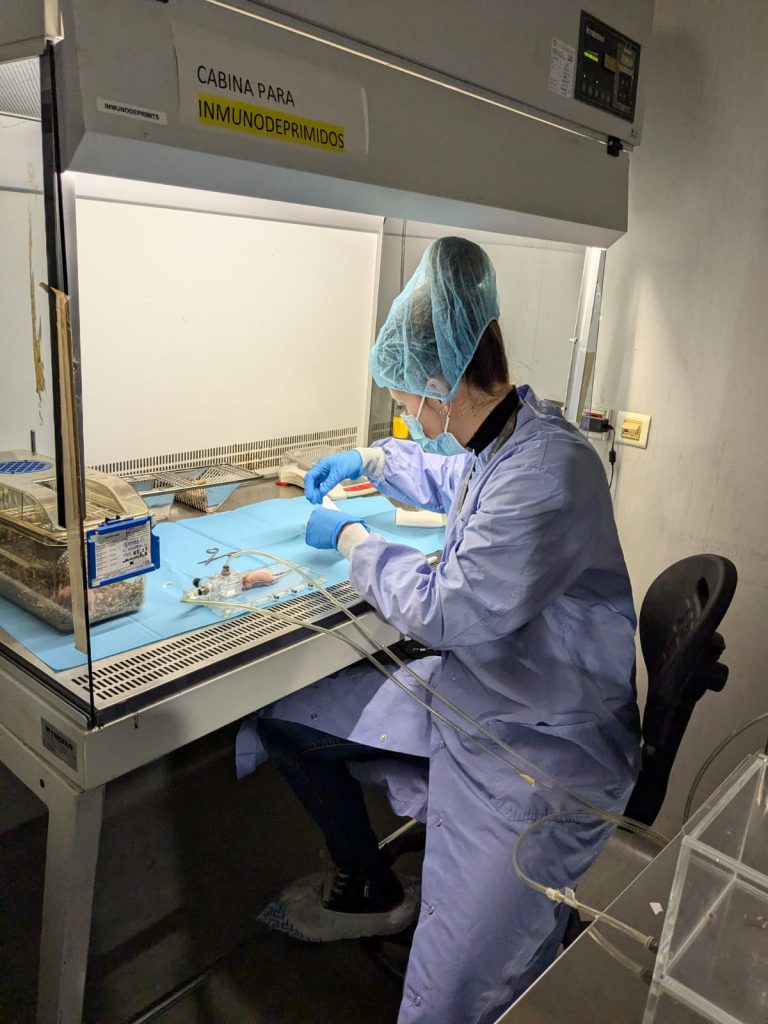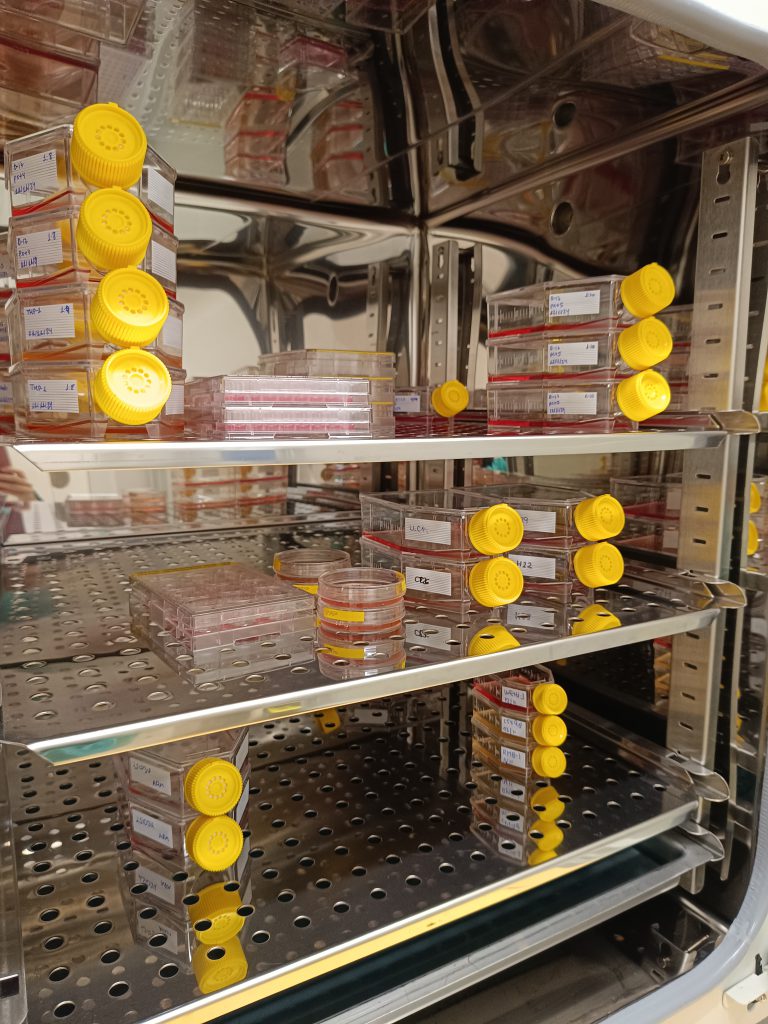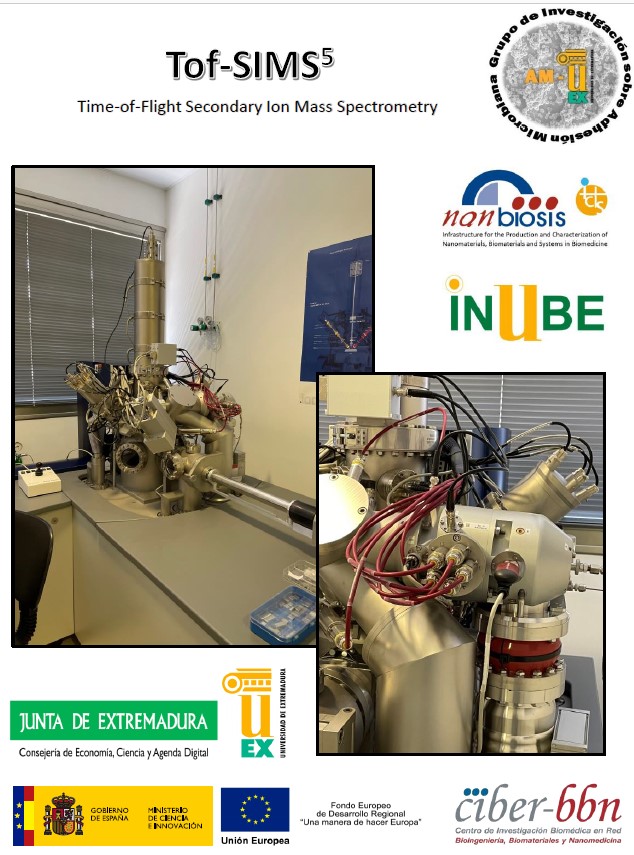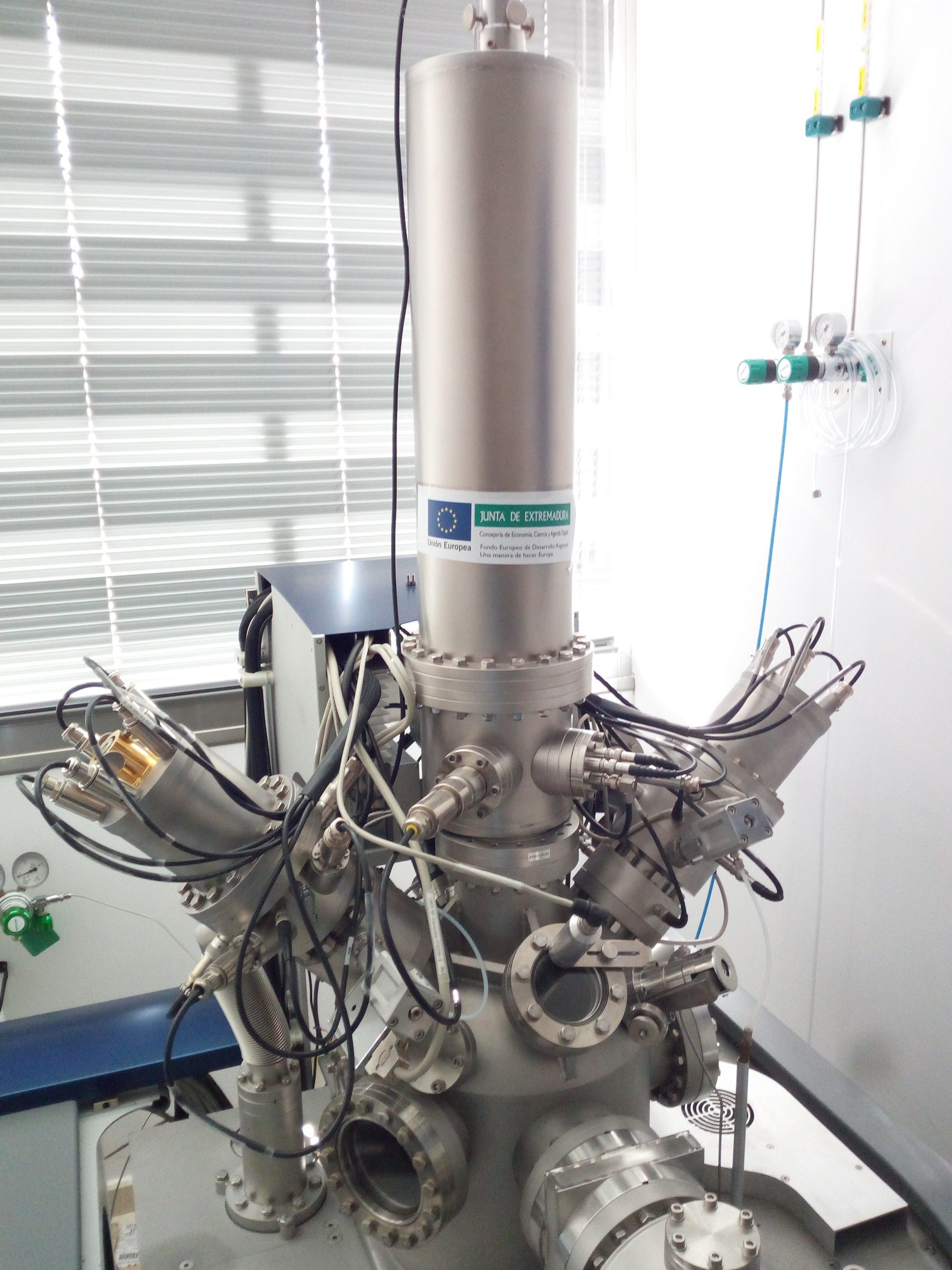U22-E04. Integrated operating room with in the barrier area
One barrier zone for rodents maintenance under SPF conditions with capacity for about 3,000 animals in microisolators. It has autoclaves, SAS to the material inlet, automatic beverage system by reverse osmosis, laminar flow hoods for animal handling and integrated operating room within the barrier zone.












